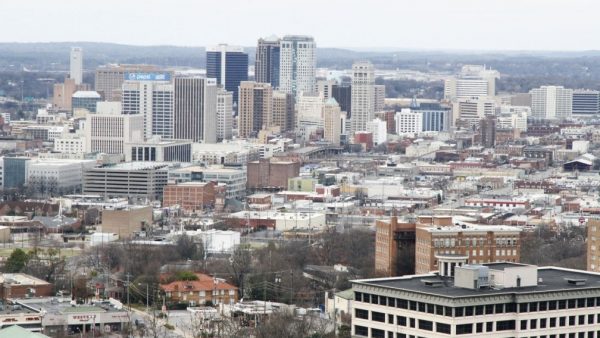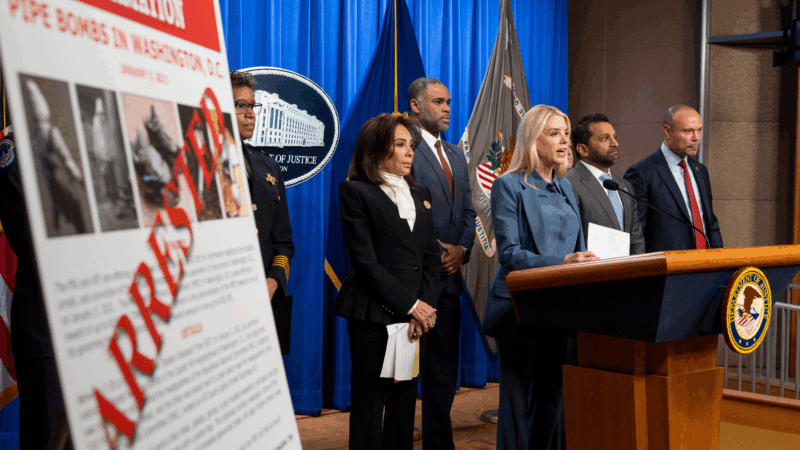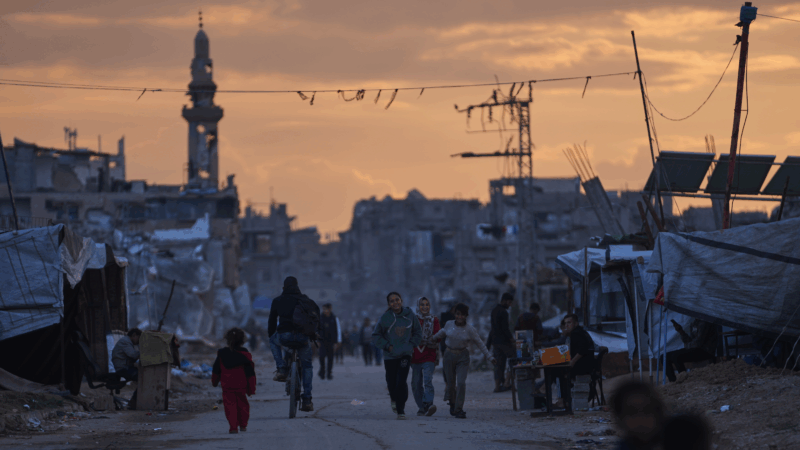Birmingham is 3rd worst in the Southeast for ozone pollution, new report says
Air quality has been improving nationally in the decades since the Clean Air Act passed, but some areas in the Gulf South still have work to do, according to a report from the American Lung Association.
For its “State of the Air” report, which released Wednesday, the nonprofit analyzed the amount of ozone and particle pollution in the air throughout the U.S. from 2020 to 2022, using data provided by the U.S. Environmental Protection Agency.
For particle pollution, it examined both short-term spikes in pollution, which can still be dangerous, and the year-round average level of particle pollution.
A few areas in the Gulf South received failing grades. Here is an overview of our region:
Mississippi
The Jackson metro area was among the places that received a failing grade – a “C.”
Data showed year-round particle pollution was a problem. The location averaged 1 unhealthy day per year.
The area was ranked second worst in the Southeast for its particle pollution, caused by factors such as more industry than can cause particle pollution being based in the metropolitan area and more transportation.
“People are using their vehicles, which are causing vehicle emissions, diesel trucks and other cars, heavy-duty cars that are contributing to the unhealthy air quality,” said Ashley Lylerly, the Director of Advocacy for the ALA.
Louisiana
According to the report, the Baton Rouge metro area is one location in the Gulf South that has both heavy particle and ozone pollution. Iberville Parish, which neighbors East and West Baton Rouge parishes, averages 4.5 days of unhealthy ozone levels yearly — an “F” grade.
“We know that we have climate change that’s happening,” Lyverly said. “We look at ozone as really sort of that irritant to the lungs. It can even cause a sort of an individual burning in your lungs.”
Some parishes in Cancer Alley, the region between Baton Rouge and New Orleans with a high concentration of petrochemical plants and refineries, didn’t collect data on particle pollution. Lyerly said that state agencies and the EPA should partner to get more monitors in place for a more complete picture.
Alabama
While Birmingham received a passing grade for ozone levels, it still tied for the third-worst ozone pollution level in the Southeast.
Earlier this year, the EPA strengthened its restrictions on particle pollution. The report used this higher standard for its grading to capture more populations that could be at risk of fine particle pollution than previously recognized. The ALA also hopes to implement stronger standards for ozone pollution.
“What we hope is those stronger standards will result in better air quality,” Lyerly said. “We have restrictions that will be put in place for certain industries so that they won’t be able to emit as much air pollutants.”
Recommended policy changes
Despite decades of progress, the report found that 39% of Americans — or more than 131 million people — still live in places with failing grades for ozone or particle pollution. That’s almost 12 million more people when compared to last year’s report.
To improve air quality, the ALA made the following recommendations:
- Nationally, the ALA recommends more investments in clean energy, air quality monitoring and environmental justice.
- States are encouraged to use the Clean Air Act to adopt zero-emissions standards for cars and trucks.
- Local governments should adopt a climate action plan.
- Individuals can take advantage of new tax incentives available through the Inflation Reduction Act to reduce emissions from their homes and vehicles.
You can read the ALA’s full report here.
This story was produced by the Gulf States Newsroom, a collaboration between Mississippi Public Broadcasting, WBHM in Alabama, WWNO and WRKF in Louisiana and NPR.
Pipe bomb suspect told FBI he targeted U.S. political parties, memo says
The man accused of placing two pipe bombs in Washington on the eve of Jan. 6, 2021 told investigators someone needed to "speak up" for people who believed the 2020 election was stolen, prosecutors said Sunday.
Chinese military stages drills around Taiwan to warn ‘external forces’
The drills came after Beijing expressed anger at U.S. arms sales, and a statement by Japan's prime minister saying its military could get involved if China were to take action against Taiwan.
Trump and Netanyahu to meet in Florida at a crucial moment for the Gaza ceasefire
President Trump could use the face-to-face at his Mar-a-Lago estate to look for ways to speed up the peace process, as Israel's leader has been accused of not pushing his side to move fast enough.
‘Bomb cyclone’ forecasted to bring heavy snow, blizzard conditions and dangerous travel
A 'bomb cyclone' is intensifying severe winter weather for millions of people across the U.S. The system is expected to knock out power and disrupt holiday travel.
Russia sends 3 Iranian satellites into orbit, report says
The report said that a Russian rocket sent the satellites on Sunday from a launchpad in eastern Russia.
Viral global TikToks: A twist on soccer, Tanzania’s Charlie Chaplin, hope in Gaza
TikToks are everywhere (well, except countries like Australia and India, where they've been banned.) We talk to the creators of some of the year's most popular reels from the Global South.








